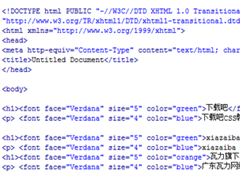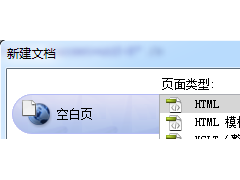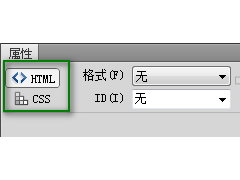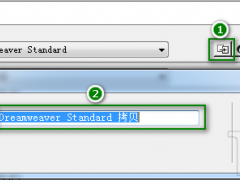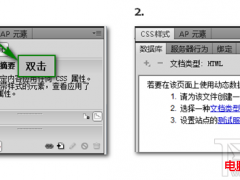这篇文章主要介绍了在Python中操作文件之truncate()方法的使用教程,是Python入门学习中的基础知识,需要的朋友可以参考下
truncate()方法截断该文件的大小。如果可选的尺寸参数存在,该文件被截断(最多)的大小。
大小默认为当前位置。当前文件位置不改变。注意,如果一个指定的大小超过了文件的当前大小,其结果是依赖于平台。
注意:此方法不会在当文件工作在只读模式打开。
语法
以下是truncate()方法的语法:
?
1 fileObject.truncate( [ size ])参数
size -- 如果可选参数存在,文件被截断(最多)的大小。
返回值
此方法不返回任何值。
例子
下面的例子显示 truncate()方法的使用。
?
1 2 3 4 5 6 7 8 9 10 11 12 13 14 15 16 17 18 19 20 21 22 23 24 25 #!/usr/bin/python # Open a file fo = open("foo.txt", "rw+") print "Name of the file: ", fo.name # Assuming file has following 5 lines # This is 1st line # This is 2nd line # This is 3rd line # This is 4th line # This is 5th line line = fo.readline() print "Read Line: %s" % (line) # Now truncate remaining file. fo.truncate() # Try to read file now line = fo.readline() print "Read Line: %s" % (line) # Close opend file fo.close()当我们运行上面的程序,它会产生以下结果:
?
1 2 3 4 Name of the file: foo.txt Read Line: This is 1st line Read Line:



